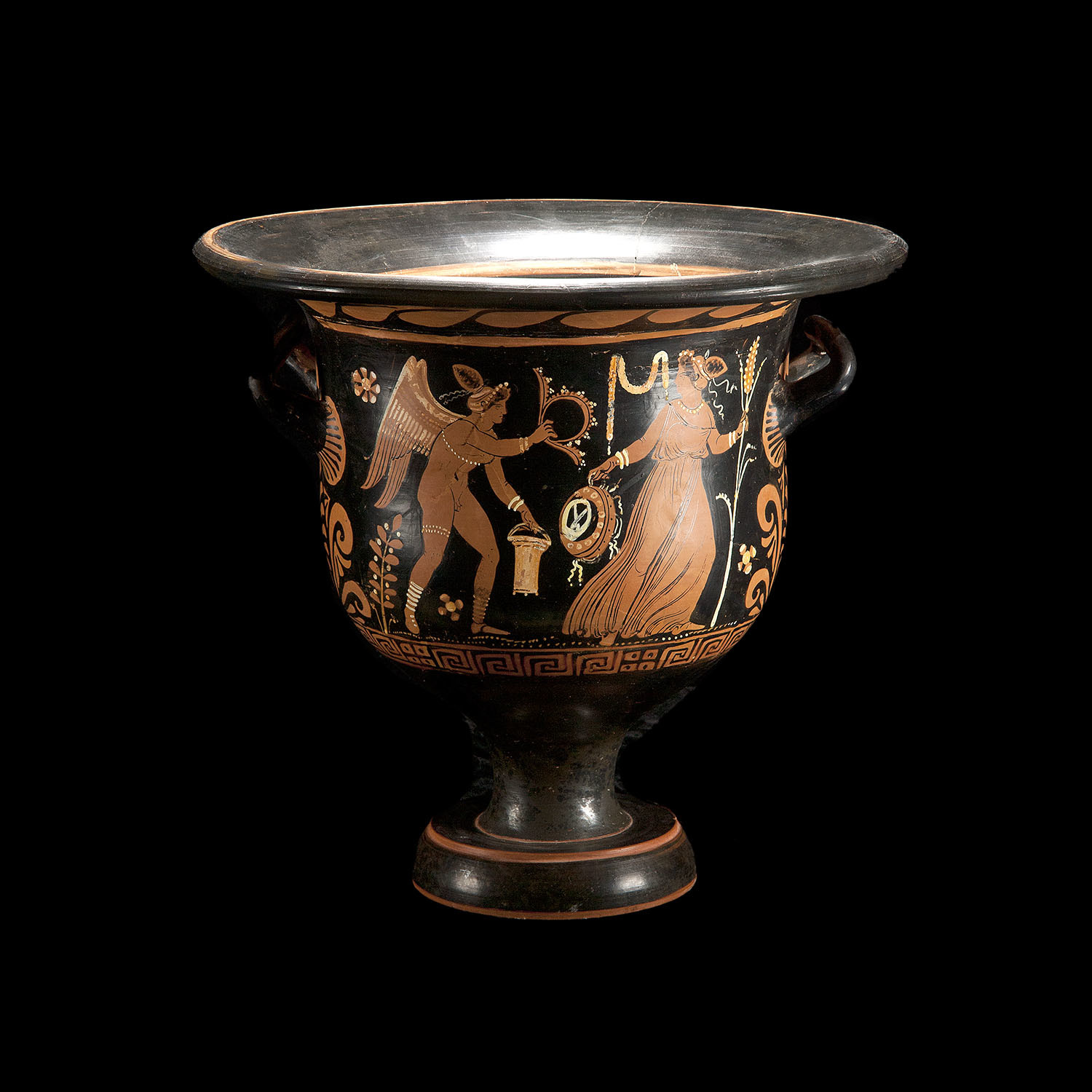Mungo
Member
- Oct 21, 2019
- 2,850
- 683
Transubstantiation.
Part 1
What does the Catholic Church mean by Transubstantiation and what is the Biblical basis for it?
There are two steps needed here:
1. What doctrine does the Catholic Church mean to express by Transubstantiation
2. What is the biblical basis for that doctrine.
This rather like - what doctrine do we mean by Trinity, and then what is the biblical basis for that doctrine.
The dogmatic definition was made at the Council of Trent in session 13:
And because that Christ, our Redeemer, declared that which He offered under the species of bread to be truly His own body, therefore has it ever been a firm belief in the Church of God, and this holy Synod doth now declare it anew, that, by the consecration of the bread and of the wine, a conversion is made of the whole substance of the bread into the substance of the body of Christ our Lord, and of the whole substance of the wine into the substance of His blood; which conversion is, by the holy Catholic Church, suitably and properly called Transubstantiation.
[I’m using the translation of J. Waterworth, published in 1848 & put on-line by the Hanover Historical Texts Project - http://history.hanover.edu/texts/trent/trentall.html]
Substance (and accidents) are philosophical terms.
Substance
“A being whose essence requires that it exist in itself. It is an ens per se (a being by itself) or ens in se (a being in itself). It is commonly distinguished from an accident, whose essence is to exist in another, that is, in a substance. (Etym. Latin substantia, that which stands under, principle, foundation.)”.
Accident
“That which is not of the essence of something. In a logic a predicable accident is a predicate incidentally attributed to a subject. In metaphysical philosophy, a predicamental accident is a category of being whose nature is not to exist in itself but in another as in a subject. It is not a thing but the mode of a thing. Of the nine categories of accident, relation, quality, and quantity are the most important. (Etym. Latin accidens, a happening; something that is added; chance; nonessential quality; from accidere, to come to pass, happen, befall.)”
(both definitions from Fr. John Hardon's Modern Catholic Dictionary on catholicculture.org)
Colour, weight, shape etc. exist not in themselves but in something. They exist as belonging to something. We do not see whiteness, but a white cow or a white stone. Substance in not observable. All we can observe are the accidents (properties) that adhere to a substance.
Transubstantiation says that the substance of bread changes into the substance of Christ’s body. The accidents of the bread remain and adhere to nothing. This could not happen naturally as accidents require a substance to adhere to. But we believe that this can (and does) happen supernaturally. God directly sustains the accidents of bread in existence.
We cannot detect this change but we “live by faith”. (Heb 10:38)
(Note: what I have said above (and later) applies to the change of the substance of bread into the substance of Christ’s body. The same applies to the changing of the substance of wine into the substance of Christ’ blood.)
Part 1
What does the Catholic Church mean by Transubstantiation and what is the Biblical basis for it?
There are two steps needed here:
1. What doctrine does the Catholic Church mean to express by Transubstantiation
2. What is the biblical basis for that doctrine.
This rather like - what doctrine do we mean by Trinity, and then what is the biblical basis for that doctrine.
The dogmatic definition was made at the Council of Trent in session 13:
And because that Christ, our Redeemer, declared that which He offered under the species of bread to be truly His own body, therefore has it ever been a firm belief in the Church of God, and this holy Synod doth now declare it anew, that, by the consecration of the bread and of the wine, a conversion is made of the whole substance of the bread into the substance of the body of Christ our Lord, and of the whole substance of the wine into the substance of His blood; which conversion is, by the holy Catholic Church, suitably and properly called Transubstantiation.
[I’m using the translation of J. Waterworth, published in 1848 & put on-line by the Hanover Historical Texts Project - http://history.hanover.edu/texts/trent/trentall.html]
Substance (and accidents) are philosophical terms.
Substance
“A being whose essence requires that it exist in itself. It is an ens per se (a being by itself) or ens in se (a being in itself). It is commonly distinguished from an accident, whose essence is to exist in another, that is, in a substance. (Etym. Latin substantia, that which stands under, principle, foundation.)”.
Accident
“That which is not of the essence of something. In a logic a predicable accident is a predicate incidentally attributed to a subject. In metaphysical philosophy, a predicamental accident is a category of being whose nature is not to exist in itself but in another as in a subject. It is not a thing but the mode of a thing. Of the nine categories of accident, relation, quality, and quantity are the most important. (Etym. Latin accidens, a happening; something that is added; chance; nonessential quality; from accidere, to come to pass, happen, befall.)”
(both definitions from Fr. John Hardon's Modern Catholic Dictionary on catholicculture.org)
Colour, weight, shape etc. exist not in themselves but in something. They exist as belonging to something. We do not see whiteness, but a white cow or a white stone. Substance in not observable. All we can observe are the accidents (properties) that adhere to a substance.
Transubstantiation says that the substance of bread changes into the substance of Christ’s body. The accidents of the bread remain and adhere to nothing. This could not happen naturally as accidents require a substance to adhere to. But we believe that this can (and does) happen supernaturally. God directly sustains the accidents of bread in existence.
We cannot detect this change but we “live by faith”. (Heb 10:38)
(Note: what I have said above (and later) applies to the change of the substance of bread into the substance of Christ’s body. The same applies to the changing of the substance of wine into the substance of Christ’ blood.)




